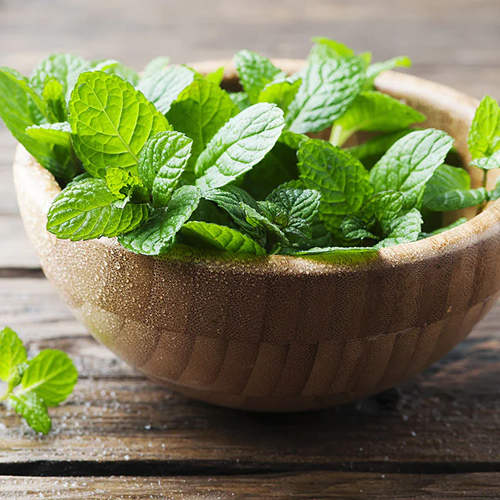COMMON NAME: Mint
SCIENTIFIC NAME: Mentha spicata
FAMILY: Lamiaceae
PLANT TYPE: Herb plant with full sun exposure
PLANT HEIGHT: Grow to be 1 or 2 feet tall
PROPAGATION: Stem cuttings


- The most common and popular mints for growing are peppermint (Mentha × piperita), native spearmint (Mentha spicata), Scotch spearmint (Mentha x gracilis), and cornmint (Mentha arvensis); also (more recently) apple mint (Mentha suaveolens).
- Mint provides most of our common culinary herbs (e.g., basil, oregano, marjoram, rosemary, sage, thyme, and summer and winter savories).
- Plus, there are dozens (perhaps hundreds) of traditional medicinal herbs, not to mention many aromatics for use in flavorings, perfumes, and cosmetics.
- Mints are rich in various minerals, including iron, potassium, and manganese, which are crucial for hemoglobin production and improve brain function.
- Mint is a good source of vitamin A and folate. Vitamin A is critical for vision and our eye health. Folate is crucial for neural development in children.
- Menthol compound in the mint helps relieve various digestive problems, such as upset stomach, indigestion, stomach pain, bloating, and symptoms of irritable bowel syndrome (IBS). Menthol offer relaxing effects on the stomach muscles, thus relieving IBS symptoms.
- Chewing fresh mint leaves or consuming mint tea may help cover up bad breath by decreasing the causative bacteria.
